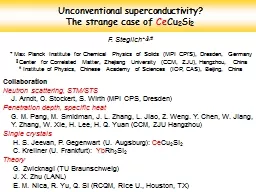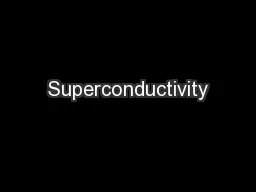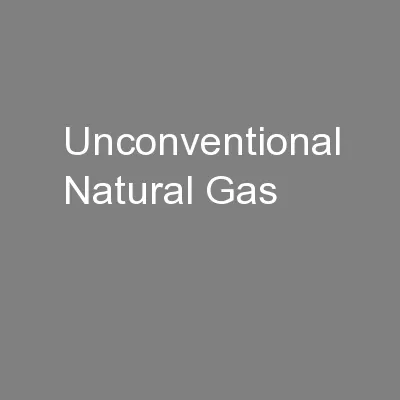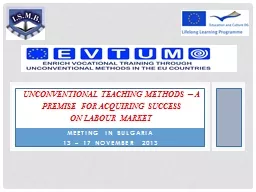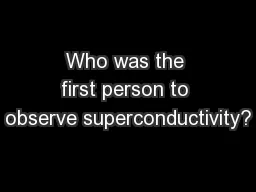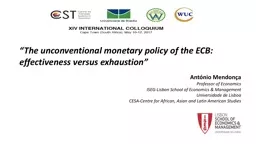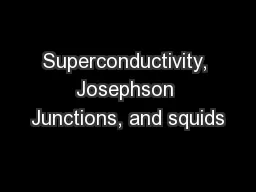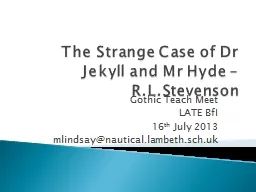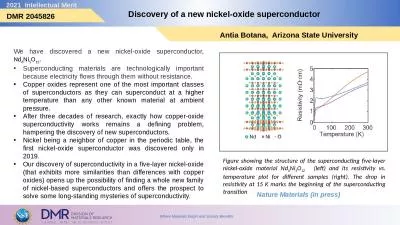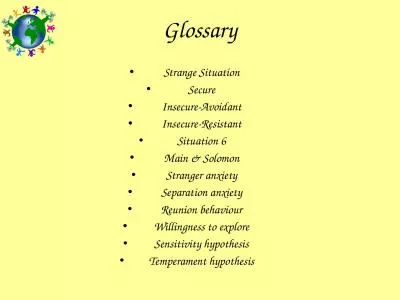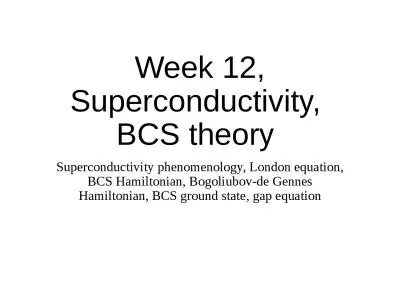PPT-Unconventional superconductivity? The strange case of
Author : agentfor | Published Date : 2020-06-25
Ce Cu 2 Si 2 F Steglich Max Planck Institute for Chemical Physics of Solids MPI CPfS Dresden Germany Center for Correlated Matter Zhejiang University CCM
Presentation Embed Code
Download Presentation
Download Presentation The PPT/PDF document "Unconventional superconductivity? ..." is the property of its rightful owner. Permission is granted to download and print the materials on this website for personal, non-commercial use only, and to display it on your personal computer provided you do not modify the materials and that you retain all copyright notices contained in the materials. By downloading content from our website, you accept the terms of this agreement.
Unconventional superconductivity? The strange case of: Transcript
Download Rules Of Document
"Unconventional superconductivity? The strange case of"The content belongs to its owner. You may download and print it for personal use, without modification, and keep all copyright notices. By downloading, you agree to these terms.
Related Documents

